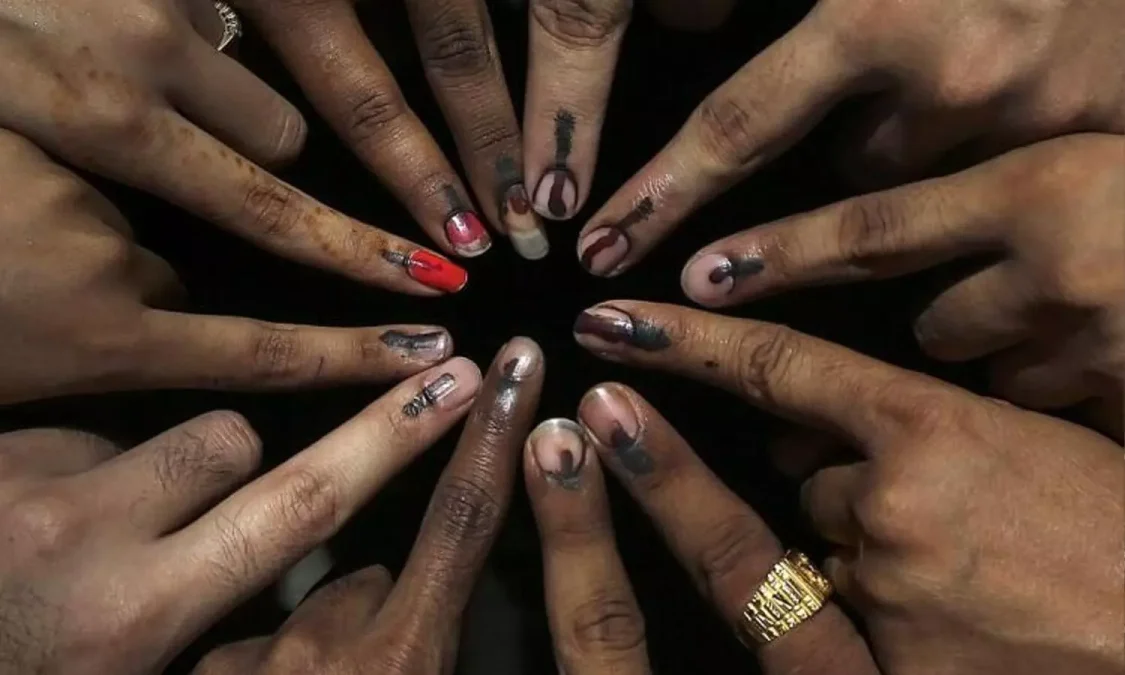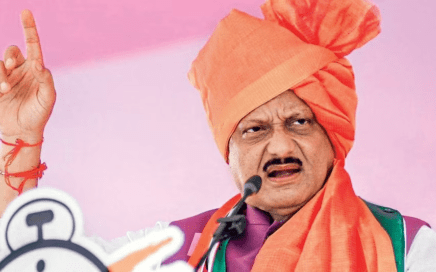Nagpur: In an unprecedented development, the latest electoral roll released by the Nagpur district administration shows a historic shift in gender representation, with female voters outnumbering males in the urban areas. For the first time in the State’s electoral history, the gender ratio has climbed to 1,017 females for every 1,000 males in Nagpur district.
The voter list, encompassing 44.94 lakh people, reveals that 23.66 lakh of these voters are from urban areas. Female voters outnumber males by 19,739 across all six constituencies of Nagpur city. Traditionally, male voters have consistently surpassed females over the past six decades, including in the Lok Sabha elections earlier this year. The gender ratio in an electoral roll refers to the number of female voters per 1,000 male voters. It indicates the gender distribution among registered voters in a given electorate or region.
Interestingly, the gender ratio in rural Nagpur during the 1972 Assembly elections was higher at 970, compared to 961 in the 2024 Lok Sabha polls. Over the decades, the ratio has fluctuated without a clear trend. In urban Nagpur, the gender ratio was 903 in 1972, while the district ratio was 934.
However, in earlier election statistics of the 1970s, the gender ratio in rural areas was notably higher than in urban regions. However, this trend began to reverse around 1990, when the gender ratios in the district, rural, and urban areas became nearly equal, with the urban ratio continuing to rise thereafter.
At the district level, the gender ratio for the upcoming Assembly elections stands at 997 females for every 1,000 males, compared to 980 in the Lok Sabha elections.

















